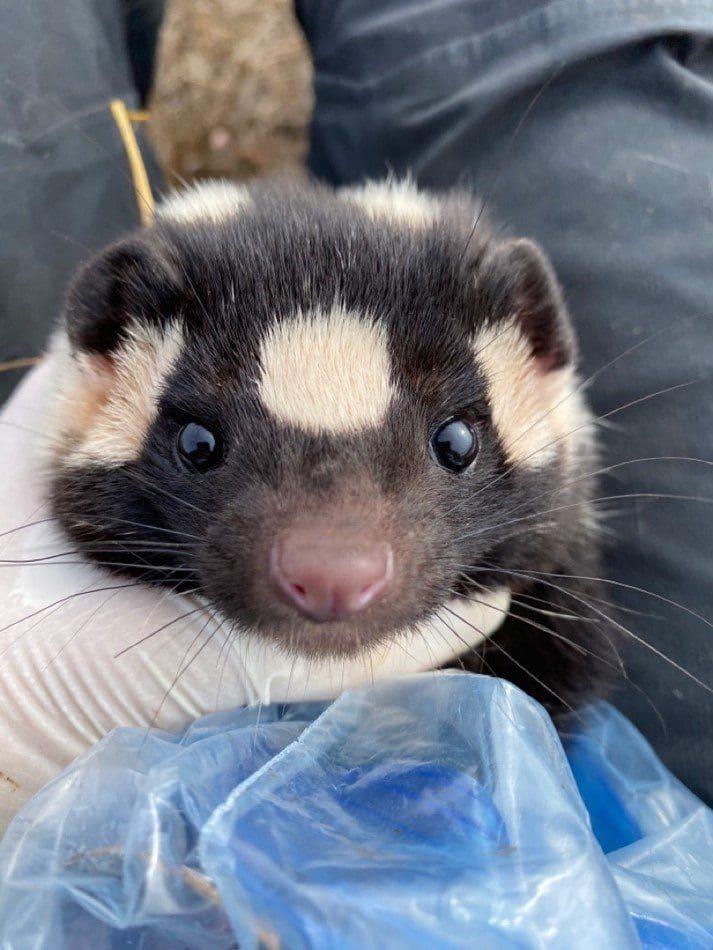
Understanding a Decade of Dietary Competition in Two Endemic Island Carnivores
Investigator
Juliann Schamel

Visit The National Parks Store

Discover activities from over 70+ parks

Not sure which park is right for you?

Support the places you love

